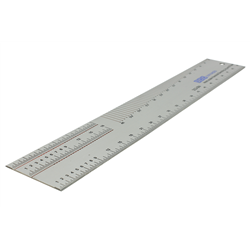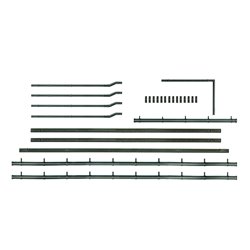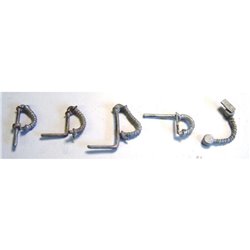Yes, it is possible to operate points at a distance without having to electrify them. Modellers may choose to adopt a...
No products
Product successfully added to your shopping cart
There are 0 items in your cart. There is 1 item in your cart.
Search Tips
Christmas and New Year
We are dispatching orders every weekday apart from Christmas Day, Boxing Day and New Year's Day.
If you order is time critical, select next day delivery at checkout.
The shop in Sandown is closed from 25th December, reopening on 30th December.
What is detailing?
Detailing refers to the process of adding small, intricate elements to model trains, tracks, and landscapes to enhance their realism and accuracy. This can include:
Locomotive and Rolling Stock Detailing: Adding features like handrails, brake hoses, window wipers, and decals to model trains to replicate the real-life counterparts more closely.
Weathering: Applying techniques to make trains and buildings appear aged and worn, such as rust, dirt, and grime, to give a more authentic and used look.
Scenery Enhancements: Creating realistic landscapes by adding trees, grass, rocks, and other natural elements. This also includes buildings, roads, and other infrastructure.
Figures and Accessories: Placing miniature figures, animals, vehicles, and other small items around the railway to bring scenes to life.
Track Detailing: Ensuring tracks look realistic by adding ballast, weeds, and weathering effects to mimic the real environment.
Detailing is a meticulous process that significantly enhances the visual appeal and authenticity of a model railway, making it a rewarding aspect of the hobby for enthusiasts.
Click here to receive the tips weekly in your mailbox. You can unsubscribe at any time.










